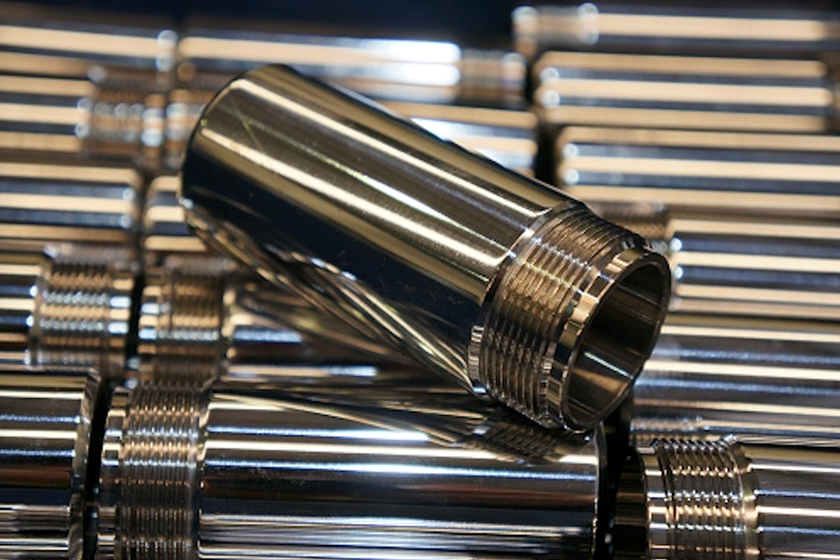Welding Painted Parts
We produce industrial storage cabinets and would like to change the manufacturing process sequence to paint the parts before welding them together.
Q. My company produces industrial storage cabinets, and we are looking for cost reductions in our manufacturing processes. The cabinet frames are made from coil stock that is fed into progressive dies. These parts are then set aside in large baskets and then welded together. The frames are painted on a conveyorized line using an acrylic baking enamel. We produce about one million of these frame parts annually, and I would like to change the manufacturing process sequence to paint the parts before welding them together. If possible, I also would like the finishing operation to be performed without taking the parts from the baskets.
I would like the painting process to meet the following criteria:
- Allow dependable welding of sheet metal parts.
- Adhere to the parts during the assembly operation.
- Resist rusting in an industrial atmosphere.
- Look reasonable, but not necessarily beautiful.
- Paint the parts while in the baskets.
- Be inexpensive.
Most of our cabinets are used inside buildings meant for human habitation, and protected from excessive moisture, temperature extremes and corrosive atmospheres, so corrosion resistance is not a problem in normal use. Furthermore, the frame in question is not often seen and can have a less-attractive finish than our baked acrylic enamel and still be satisfactory. What are your suggestions? R.J.
A. Parts can be dip-painted in baskets, dumped on a mesh belt conveyor and passed through a baking oven. Although there are weldable primers on the market, they are generally used on structural steel parts which are joined by hand welding I don’t believe that welding painted parts on an assembly line will be completely effective for the following reasons:
- Since paint is an electrical insulator, it would be difficult to weld through two coats of insulation on a production line.
- The resultant weldment may be of poor quality due to paint char residue.
- If complete welding did occur, the paint would be burnt away in the weldment and adjacent areas, resulting in an unsightly finish.
- There could be flash rusting around the weldments.
- An unsightly finish and flash rusting, even in seldom-seen areas, will be found by your customers, who will complain.
RELATED CONTENT
-
Pretreatment for Painting
Better adhesion, enhanced corrosion and blister resistance, and reduced coating-part interactions make pretreatment a must.
-
Painting Over Powder Coating
How safely can they apply their wet paint over our powder coated parts?
-
Curing Oven Basics
Simply heating up the substrate does not cure the coating. There are many variables to consider when choosing the best cure oven for your application...















